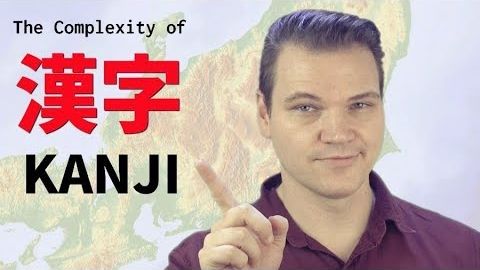漢字的複雜性 (The Complexity of Kanji)
jigme.lee888 發佈於 2021 年 01 月 14 日  沒有此條件下的單字
沒有此條件下的單字US /prəˌnʌnsiˈeʃən/
・
UK /prəˌnʌnsiˈeɪʃn/
- n. (c./u.)發音;正確發音;發音方式;發音指南
US /ˈmʌltəpəl/
・
UK /ˈmʌltɪpl/
- adj.多重的;多種的;多發性的;多重的
- n. (c.)多;多個的;乘數
- pron.多重的
- n. (c./u.)當地居民;本地人;土著的,本地的
- adj.與生俱來的
US /ˈnɛɡətɪv/
・
UK /'neɡətɪv/
- n.負電極的;否定詞;否定句;底片
- adj.消極的;負的;負面的;否定的;陰性的;負電的

